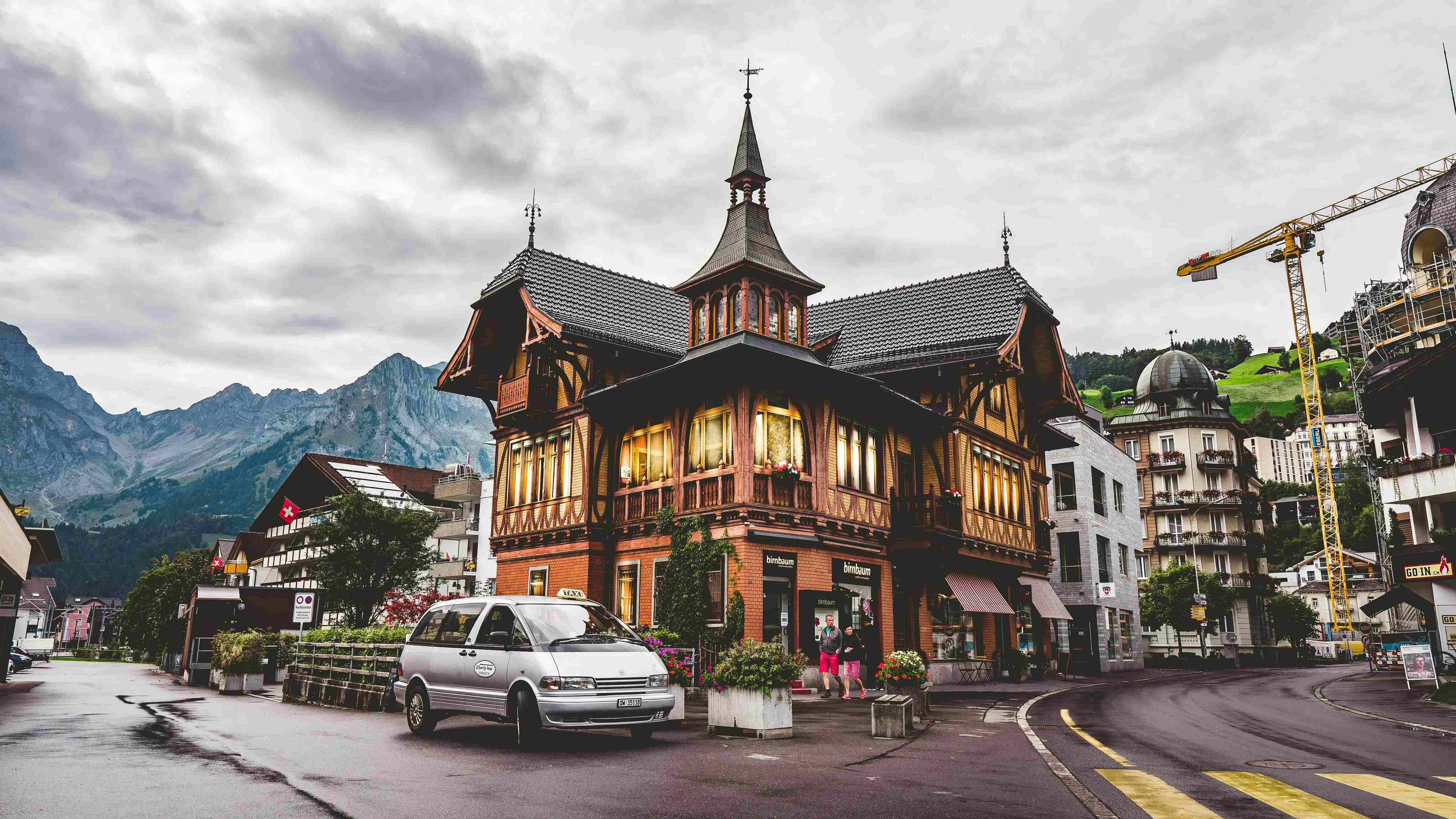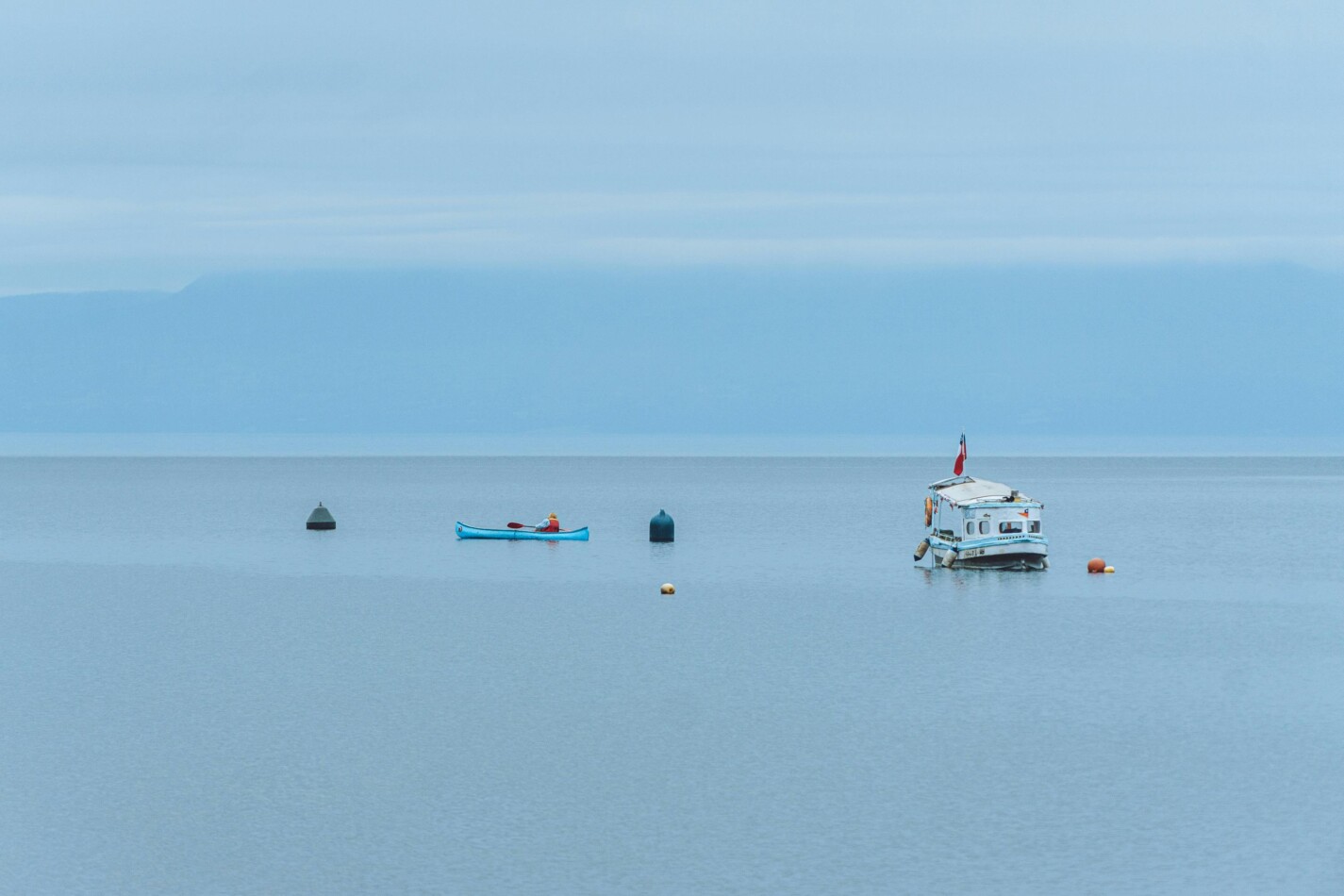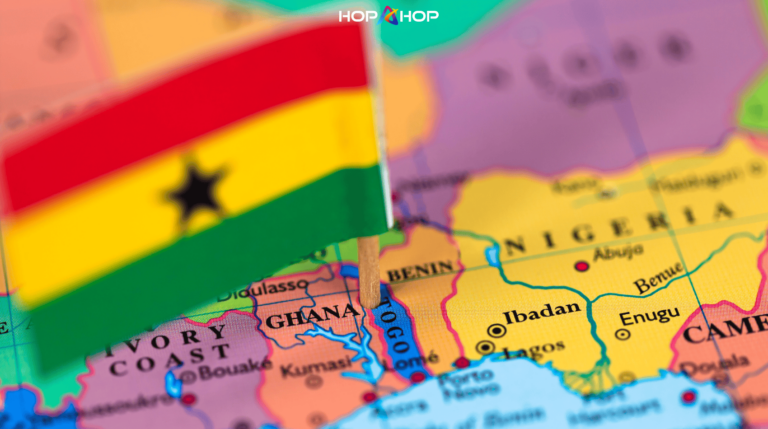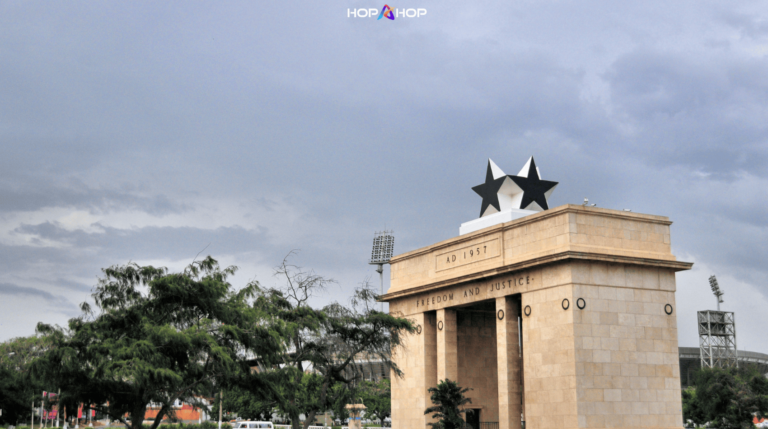Explore Best Destination
Discover our travel blog for inspiring stories, tips, and guides. From hidden gems to cultural experiences, we cover it all to fuel your wanderlust and help you plan unforgettable adventures!
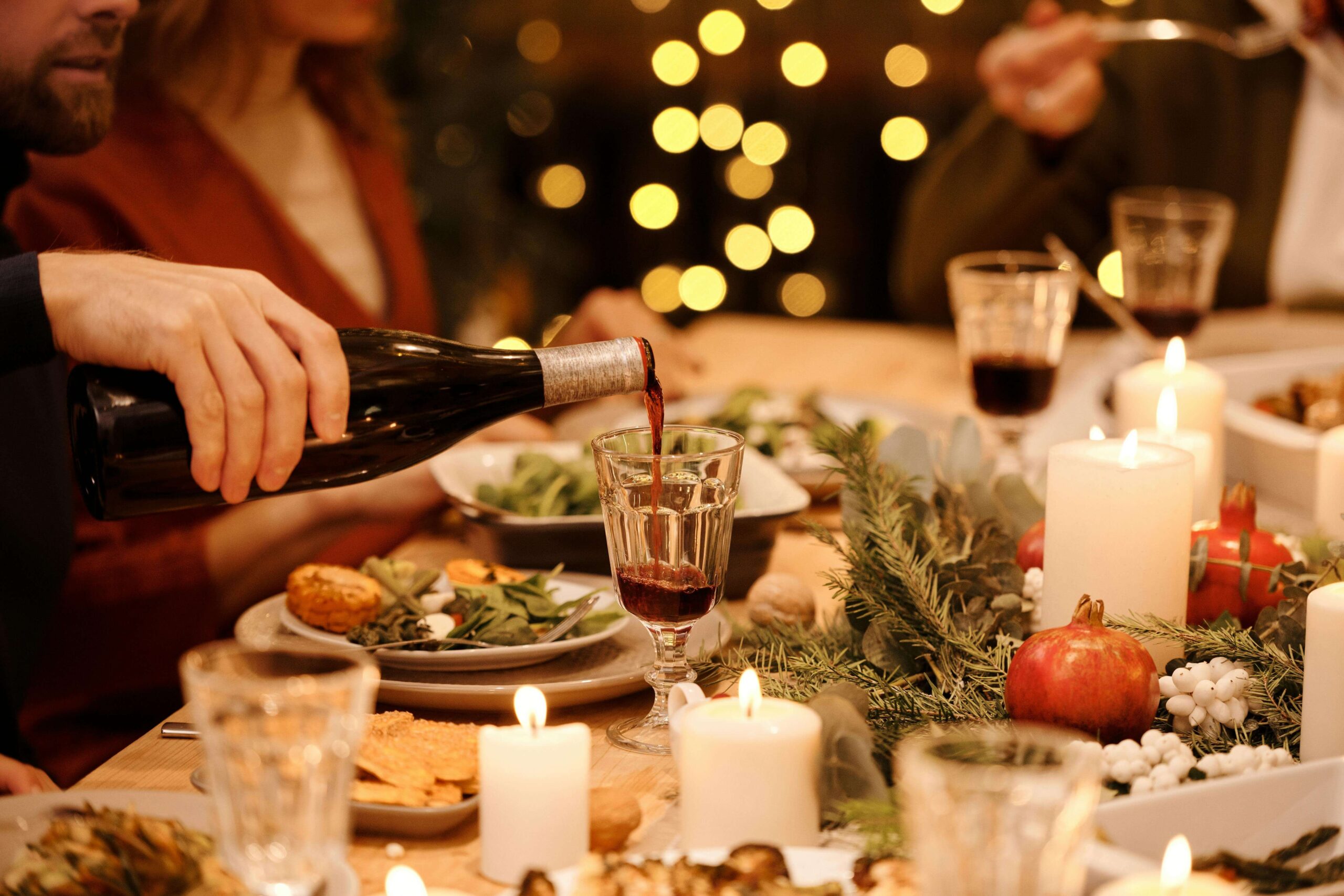
Papua New Guinea’s Culinary Delights: A Food Lover’s Guide
Papua New Guinea (PNG) is a treasure trove of rich cultural diversity, and this is reflected in its unique and vibrant food culture. With over 800 languages and hundreds of distinct tribes, the culinary traditions of PNG are as diverse as its people. From fresh seafood to root vegetables, exotic fruits, and meats cooked in traditional earth ovens, PNG’s cuisine offers a tantalizing experience for food lovers. If you’re planning to visit or simply want to discover more about Papua New Guinea’s flavors, this food lover’s guide is your ultimate resource.
**1. Mumu – The Heart of PNG Cooking
No food experience in Papua New Guinea is complete without trying mumu. This traditional dish is prepared by cooking a variety of meats, vegetables, and root crops (like taro, sweet potato, and yam) in an underground oven. The ingredients are wrapped in banana leaves and slow-cooked in a pit, resulting in tender, flavorful dishes infused with smoky aromas. Mumu is commonly prepared for celebrations, feasts, and gatherings, making it a symbol of hospitality and cultural pride in PNG.
- Best For: Celebrations, cultural experiences, and traditional cooking methods.
- Highlights: Slow-cooked meats, root vegetables, and smoky flavors.
**2. Saksak – A Sweet Delight
A popular dessert in PNG, saksak is made from sago (a starchy substance extracted from the sago palm) mixed with coconut milk and sugar. The mixture is then wrapped in banana leaves and steamed until it forms a sweet, gelatinous treat. While it’s simple to prepare, its rich, sweet flavor and chewy texture make it a must-try for anyone exploring PNG’s culinary landscape.
- Best For: Dessert lovers and those with a sweet tooth.
- Highlights: Sweet, starchy sago, coconut milk, and traditional preparation.
**3. Kaukau (Sweet Potato) – The Staple of PNG
In Papua New Guinea, kaukau (sweet potato) is a dietary staple and an essential part of many dishes. Grown in abundance throughout the Highlands and coastal regions, kaukau is often boiled, roasted, or steamed and served alongside meats or vegetables. It can be prepared simply or incorporated into more complex dishes, offering a hearty and nutritious accompaniment to any meal.
- Best For: Sides, hearty meals, and vegetarians.
- Highlights: Nutritious, versatile, and widely available.
**4. Fish and Seafood – Fresh from the Ocean
With its vast coastline, Papua New Guinea is rich in fresh seafood. Fish such as barramundi, snapper, and tuna are commonly eaten, often grilled, baked, or steamed. One popular dish is laplap, where fish is marinated with coconut milk and cooked in a traditional mumu. For a lighter option, fresh fish is often served in raw fish salads, with lime, chili, and coconut cream – offering a fresh, tangy flavor profile.
- Best For: Seafood enthusiasts and beach lovers.
- Highlights: Fresh barramundi, snapper, tuna, and coconut milk preparations.
**5. Coconut – A Versatile Ingredient
Coconut is a versatile ingredient in PNG, used in a variety of ways from savory dishes to desserts. Whether in the form of fresh coconut milk, grated coconut flesh, or whole coconuts, the flavor is integral to PNG’s cuisine. Dishes like coconut crab, where crabs are cooked in a rich coconut sauce, are especially popular along the coastal areas. Coconut milk is also used to enhance flavors in soups, curries, and mumu dishes.
- Best For: Coconut lovers and tropical cuisine enthusiasts.
- Highlights: Coconut crab, coconut milk-based dishes, and fresh coconut desserts.
**6. Kau Kau (Pork) – The Protein Powerhouse
Alongside sweet potato, kau kau (pork) is often the center of traditional meals in Papua New Guinea. Pork is prepared in various ways, from slow-cooking it in an underground mumu to roasting it over an open flame. The tender, juicy meat is usually paired with root vegetables, fresh greens, and sago for a filling and nutritious meal.
- Best For: Meat lovers and traditional food enthusiasts.
- Highlights: Slow-cooked pork, grilled meats, and hearty meals.
**7. Green Leaf Vegetables – Fresh from the Garden
Vegetables such as kauka (spinach), komkom (chili leaves), and pangie (sweet leaves) are grown in the fertile soils of PNG and often used in both simple and elaborate dishes. These fresh greens are typically sautéed or steamed with coconut milk or served with meats and root vegetables. They offer a balance of flavors, nutrition, and are a reflection of the country’s sustainable agriculture.
- Best For: Vegetarians and health-conscious travelers.
- Highlights: Nutritious greens, traditional cooking, and fresh flavors.
**8. Papaya and Exotic Fruits – Tropical Flavors
Papua New Guinea is home to a wide variety of exotic fruits, from the common papaya to more unique fruits like soursop and breadfruit. Papaya is commonly eaten fresh, often with a sprinkle of lime, salt, or sugar. These fruits are rich in vitamins and perfect for refreshing snacks or desserts during your travels.
- Best For: Fruit lovers and tropical food enthusiasts.
- Highlights: Papaya, breadfruit, soursop, and refreshing tropical flavors.
**9. Porridge – A Breakfast Favorite
In PNG, a simple but beloved breakfast option is porridge made from ground corn, rice, or flour. It is often served with sugar, milk, or honey for added flavor. In some regions, the porridge is mixed with kaukau (sweet potato) or other root vegetables, making it a hearty and filling start to the day.
- Best For: Breakfast lovers and those seeking a filling, nutritious meal.
- Highlights: Sweet and savory variations, quick preparation, and comfort food.
**10. Tropical Drinks – Refreshing Beverages
While PNG’s food is distinctive, the beverages are equally intriguing. The most popular drink is kava, a traditional beverage made from the roots of the kava plant, which is consumed for its calming, relaxing effects. Coconut water is another refreshing option, widely available and perfect for cooling off in the tropical climate. Fresh fruit juices, such as papaya or pineapple, are also widely enjoyed.
- Best For: Relaxation, tropical refreshment, and cultural experiences.
- Highlights: Kava, fresh fruit juices, and coconut water.
Conclusion: A Taste of Papua New Guinea
The cuisine of Papua New Guinea offers a tantalizing mix of fresh ingredients, traditional cooking methods, and diverse flavors that reflect the country’s rich cultural heritage. From the smoky, tender mumu to the sweet delights of saksak, PNG’s culinary offerings are sure to satisfy any food lover’s palate. Whether you’re exploring the coastal regions for fresh seafood or savoring hearty root vegetables in the Highlands, the diverse flavors of Papua New Guinea will make your culinary journey unforgettable.

Related Posts
Tag List
Adventure / Climbing / Hiking / Photography / Adventure / Tracking / Travel
Follow Us
- linked In
- google+
- YouTube



